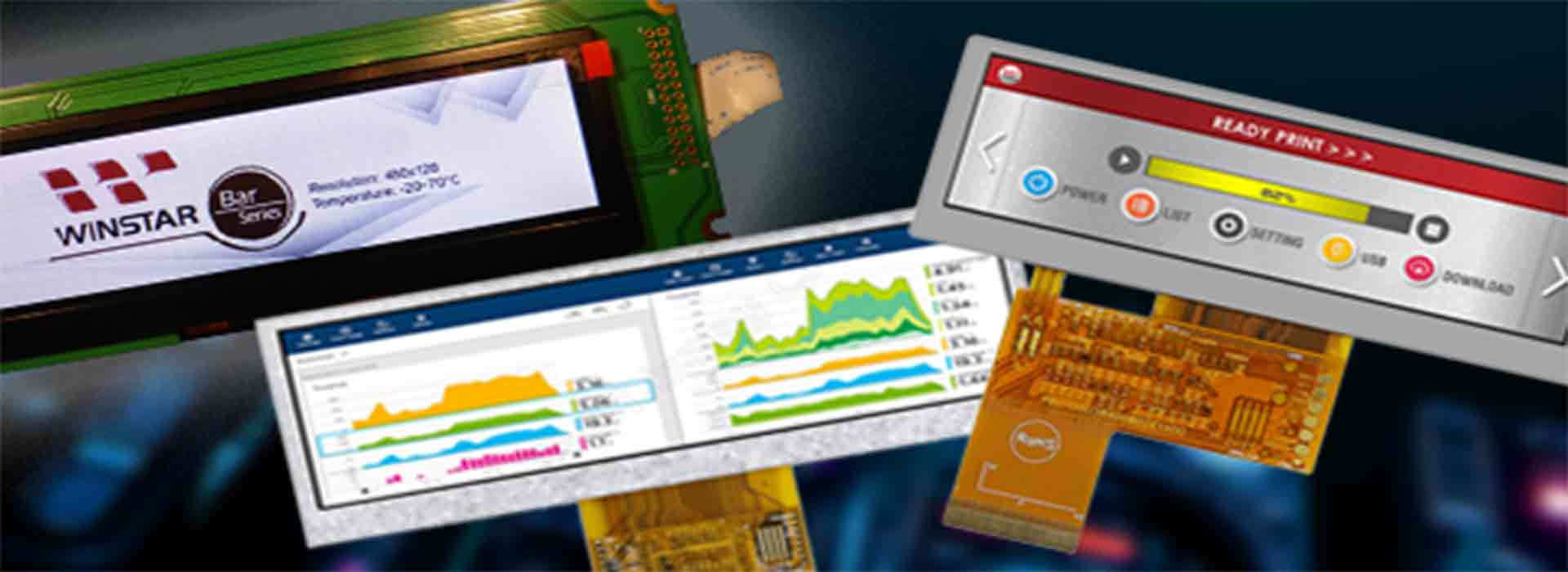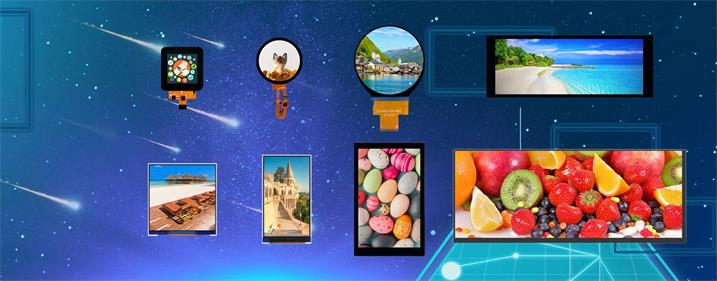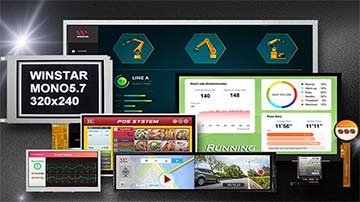TFT Display Full Form: Thin Film Transistor Display Technology
The full form of TFT Display is "Thin Film Transistor Display." It is a technology that uses thin-film transistors to control the on-off states of individual pixels, thereby achieving image display. TFT displays offer high resolution, fast response times, and excellent color reproduction, making them suitable for a wide range of electronic devices.
TFT Display vs AMOLED: A Technical Showdown
When TFT Display meets AMOLED (Active-Matrix Organic Light-Emitting Diode), a visual spectacle ensues. While AMOLED is favored for its self-emitting properties, wider color gamut, and deeper blacks, TFT Display holds its ground with cost-effectiveness and higher brightness. For users with budget constraints or those who need to use devices outdoors, TFT Display is an excellent choice.
TFT Display Meaning: More Than Just a Display
TFT Display is not just a display technology; it represents a new way of human-computer interaction. By integrating touch functionality, TFT touchscreens make operations more intuitive and convenient. Whether used in smart home control panels or industrial automation interfaces, TFT Display showcases its unique charm.
TFT Display vs LCD: The Evolutionary Leap
Although both TFT Display and LCD (Liquid Crystal Display) are based on liquid crystal materials, TFT Display achieves finer pixel control by equipping each pixel with a thin-film transistor. This not only enhances screen resolution and contrast but also makes TFT Display excel in dynamic image performance.
5 Inch TFT Display & 7 Inch TFT Display
Large-size TFT displays find extensive applications in media players, navigation systems, and smart TVs. The 5-inch TFT display, with its moderate size and good cost-performance ratio, is a popular choice for portable devices. On the other hand, the 7-inch TFT display is better suited for in-car entertainment systems and home theaters. Both sizes of displays perform well in different scenarios, providing clear visual experiences.
ILI9341 TFT Display & ST7735 TFT Display
ILI9341 and ST7735 are two common controller chips for TFT displays. ILI9341 supports 24-bit color depth and a resolution of up to 320x240, making it ideal for creating high-definition graphical interfaces. ST7735, with its compact size and lower cost, is widely used in small embedded systems and DIY projects. These controller chips offer different advantages in terms of performance and cost, catering to various user needs.
Arduino TFT Display
Arduino enthusiasts can use TFT Display modules to create their own graphical user interfaces, from simple thermometers to complex control systems. For example, 5-inch TFT displays and 2.4-inch TFT displays are very suitable for Arduino projects. These modules are easy to install and flexible to program, making them perfect for beginners and advanced users alike.
Motorcycle TFT Display
With the rise of smart motorcycles, TFT displays are increasingly appearing on instrument panels, providing clearer data reading experiences. High-end motorcycles like the KTM Duke 390 feature TFT displays that enhance the vehicle's overall technological feel and attract consumers. Although the price of the Duke 390's TFT display is relatively high, the visual effects and user experience it offers are worth it. These displays allow riders to intuitively view important information such as speed and fuel levels.
ESP32 TFT Display
ESP32 is a popular IoT development board that supports connecting to various TFT displays, suitable for a wide range of smart projects. Combining the powerful processing capabilities of ESP32 with the high resolution of TFT displays, it is easy to design complex user interfaces. These displays are not only functional but also easy to integrate, making them ideal for projects in smart homes, industrial control, and more.
TFT SPI Display
SPI (Serial Peripheral Interface) is a commonly used serial communication protocol in embedded systems. TFT SPI displays communicate with the main control chip via the SPI interface, offering fast data transfer and simple connections. These displays are highly reliable and stable, making them a top choice for many developers.
TFT Round Display
Round TFT displays, with their unique shape, are often used in smartwatches and car instrument panels. They are not only stylish but also provide rich information display functions. These round displays offer high-quality visual experiences in compact spaces, making them perfect for space-saving applications.
Conclusion
From smartphones to car dashboards, from home appliances to industrial equipment, TFT Display is gradually permeating every aspect of our lives. With continuous technological advancements, future TFT Displays will be even thinner, more energy-efficient, and bring unprecedented visual enjoyment. Whether you are a tech enthusiast or a regular consumer, understanding TFT Display will help you choose the right display product for your needs.
We hope this article helps you gain a comprehensive understanding of TFT Display and its applications. If you have any questions or want to learn more, feel free to leave a comment! www.blhlcd.com








